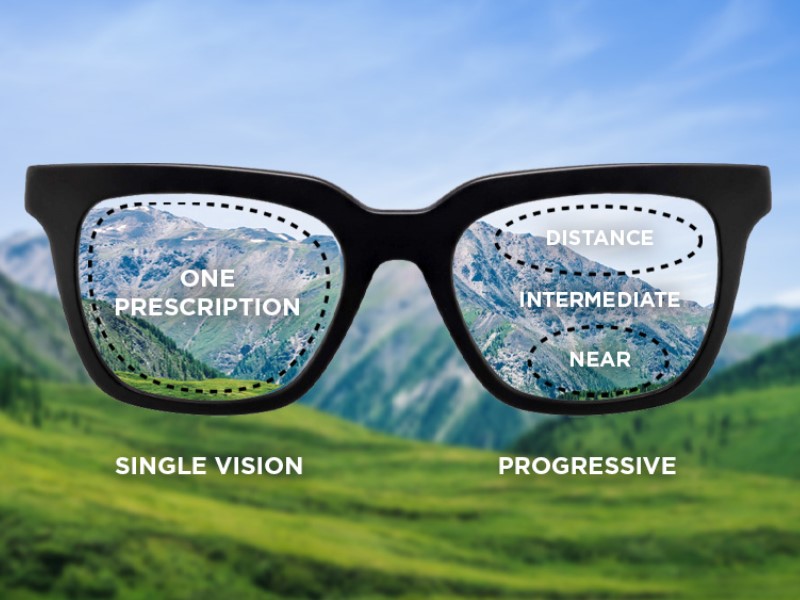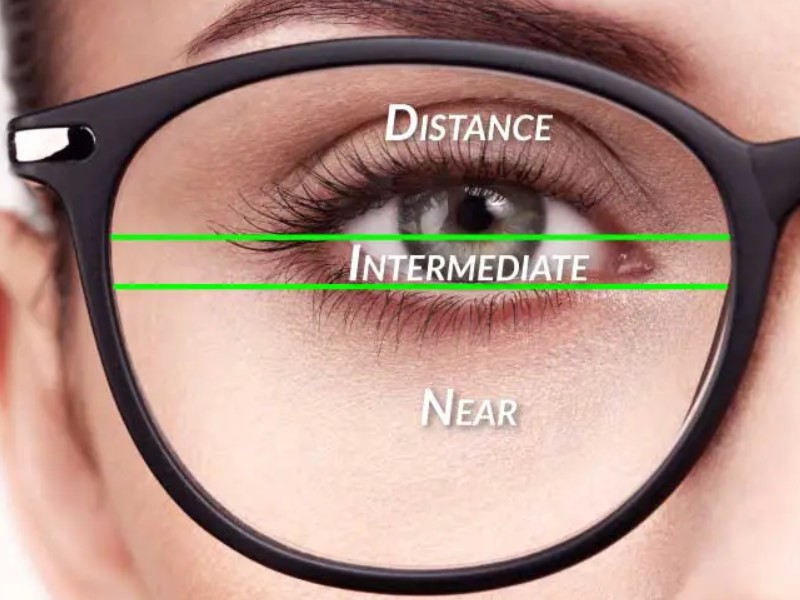Eye doctors often recommend progressive glasses, or progressives, to people needing a different pair of glasses for distance vision and near vision. Progressives save you from the need to change pairs since the lenses can offer vision correction at different distances within a single lens.
Progressives simplify your eyewear routine seamlessly, so you don’t have to carry several pairs every time. The tricky thing here is that it may take some time before you can adapt to the new multifocal progressive and prescription lens design.
Continue reading to know more about progressives and how to adapt to wearing them like a pro:
Table of Contents:
How Do Progressives Work
Progressives are multifocal lenses that correct your vision within a pair of glasses at different distances. These are considered the most revolutionary multifocal lens solutions without a visible line at the center of the lens.

Progressive lenses also guarantee a smooth and seamless transition between various distances. Distance vision is the main viewing area in the upper part of the lens. The intermediate vision is the smaller portion at the center of the lens. Finally, the reading vision is the smaller part at the lower portion of the glasses.
Since the three areas are combined in a single lens, you can see more clearly by looking at the lens’ central corridor.
Adjustment Period for Wearing Progressive Glasses
It takes time to adjust to progressives, with most people requiring several days up to two weeks. It’s often the case even if you’ve already tried wearing bifocals or progressives.
Take note that every person is different, and every eye is unique. Practice patience during this adjustment period and focus on your progress instead.
Below are some things you can try doing to minimize your adjustment period:
- Wear the new frames as much as possible, and refrain from using your old pair.
- Wear your progressives during your waking hours throughout the day to help you adjust to them.
- Wear your progressives when driving after you become more comfortable with using them.
What to Expect During the Adjustment Period
Once you adapt to your progressive glasses, you will soon notice that things around you become clearer and even more focused.
Below are some of the common things you might note when trying your progressives at first that will soon become normal after some time:
- Sides are blurry.
This is known as peripheral distortion due to the lens’ specific viewing zones. You can try to turn your head to the right or left instead of making right or left movements with your eyes. This will ensure that you don’t look through the blurred sides.
Think of your nose as a camera and point this at the object you like to look at. When looking at the ground below, tilt down your chin a bit, and this will return to focus, thus helping your depth perception.
- You look through the bottom of the lens and tilt up your chin when reading and looking at the computer.
You can raise your chair or lower your monitor if you only use your computer for a while.






